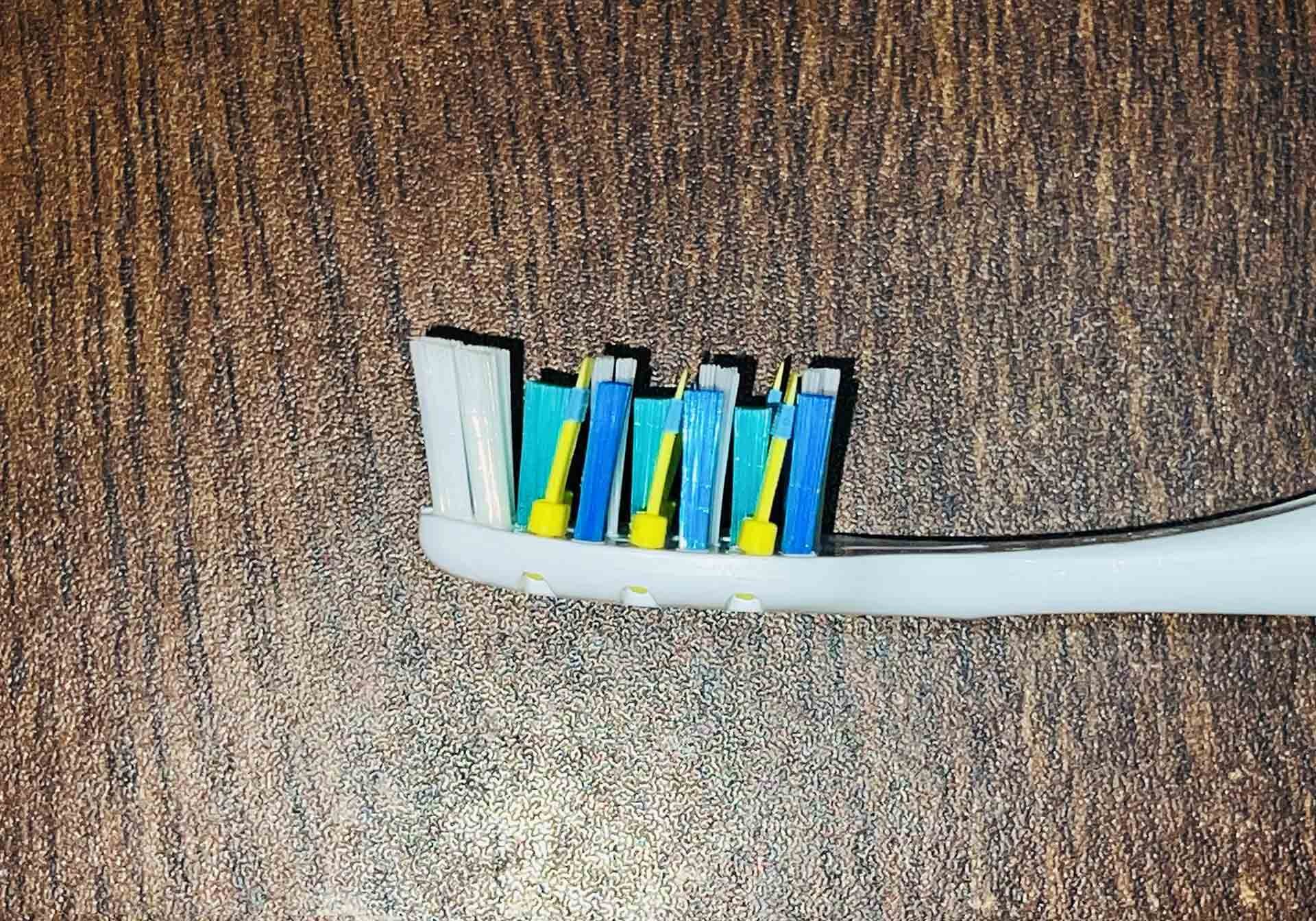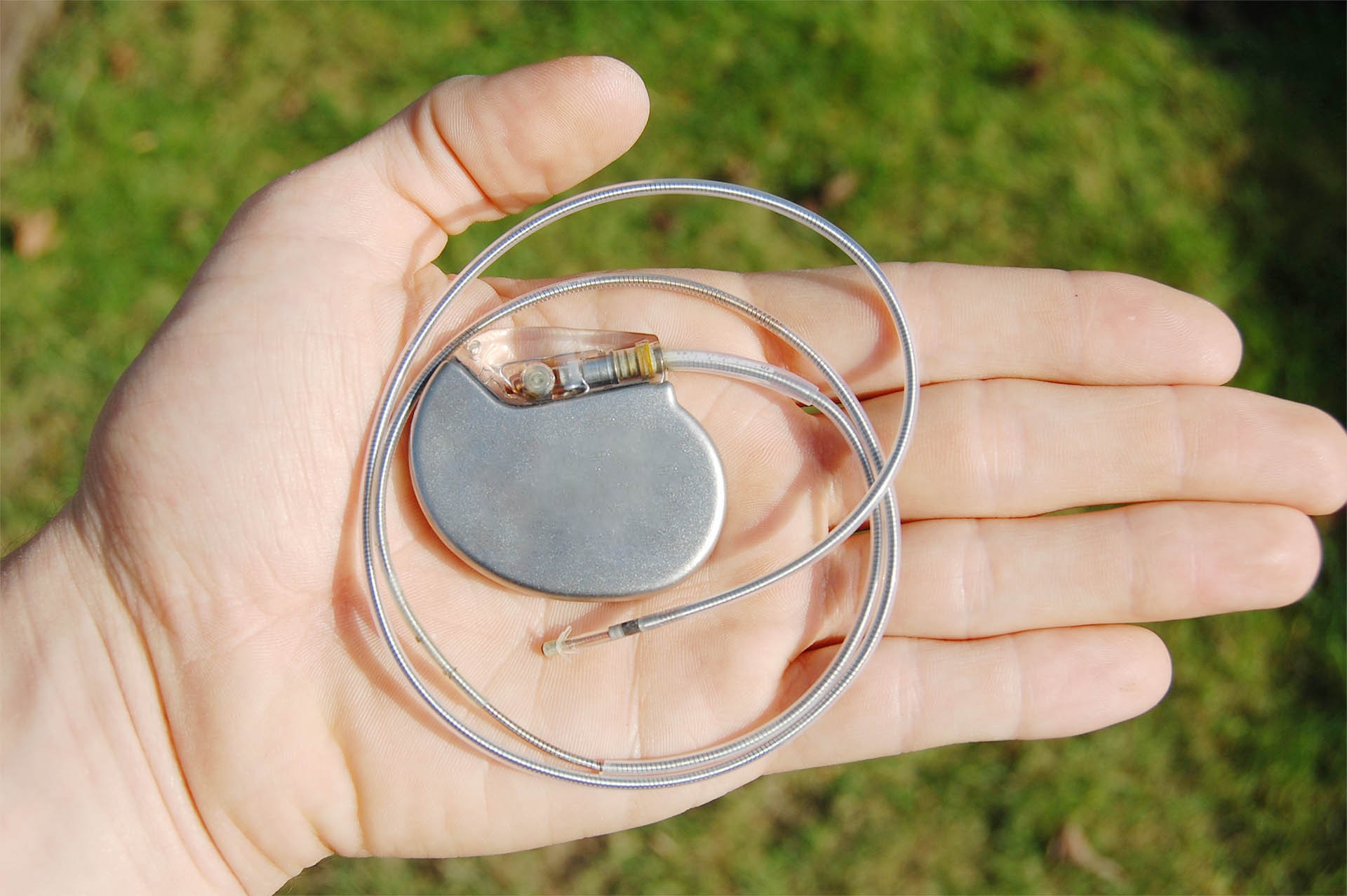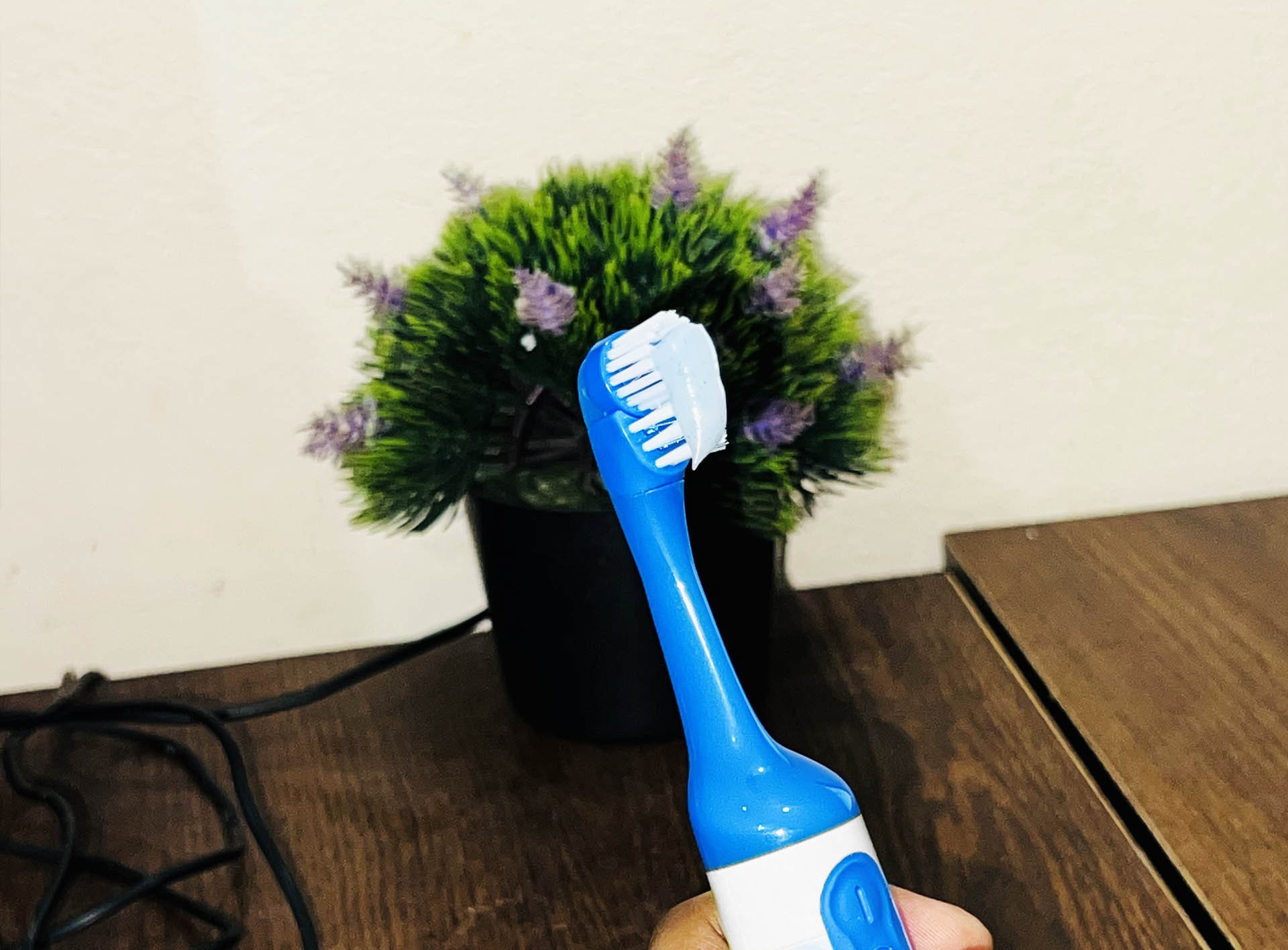Regularly brushing our teeth is crucial for maintaining good oral hygiene. A lot of individuals opt for electric toothbrushes, believing that they provide superior and more convenient cleaning compared to manual toothbrushes.
Recently, electric toothbrushes have become increasingly popular. This is due to their effectiveness in eliminating plaque and enhancing gum health. However, it’s important to be aware of the potential side effects that they may have, just like any other tool.
9 Common Electric Toothbrush Side Effects
Electric toothbrushes have recently gained popularity for their ability to provide a thorough cleaning and make brushing easier. However, like any other product, electric toothbrushes come with their own side effects.
Following are the 9 most common side effects of using an electric toothbrush:
1. Bleeding Gums and Irritation
Gum inflammation is one of the most frequent adverse effects of using an electric toothbrush. The bristles of the brush can sometimes be too harsh on the delicate gum tissue, leading to inflammation and pain.
This can also result in bleeding gums, which is often an indication of gum disease. You should see your dentist immediately if your gums bleed after using an electric toothbrush.
2. Gum Recession
One of the side effects of using an electric toothbrush is gum recession. The high-speed and vigorous movements of the bristles can cause the gum tissue to recede, exposing the sensitive parts of the teeth.
This can lead to tooth sensitivity and even tooth loss if not addressed promptly. To prevent gum recession, using an electric toothbrush with gentle pressure and the appropriate brushing technique is important.
3. Erosion of the Enamel
Another side effect of using an electric toothbrush is enamel loss. The enamel is the hard outer layer of your teeth that protects them from decay and sensitivity. The constant motion and pressure from the brush can erode the enamel, exposing the softer dentin underneath.
This can make your teeth more prone to cavities, pain, and stains. You should use a soft-bristled brush and brush gently to prevent enamel loss.
4. Sensitivity of the Teeth
Tooth sensitivity can be another drawback of using an electric toothbrush. This may occur when the brush head is too big, or the bristles are too stiff, causing them to wear away the enamel and expose the sensitive dentin below.
This can lead to pain and discomfort, particularly when you consume hot or cold foods and drinks. If you experience tooth sensitivity after using an electric toothbrush, switching to a brush with softer bristles is advisable.
5. Fillings Falling Out
If you have dental fillings, using an electric toothbrush may increase the risk of them becoming loose or falling out. This is especially if they are too old or poorly placed.
This can result in discomfort, potential infection, and further damage to your teeth. If you have concerns about your dental fillings, consult your dentist as soon as possible. He can determine the best brushing technique for your situation.
6. Damage to Orthodontic Work
If you wear braces or other orthodontic devices, you should be careful when using an electric toothbrush. The spinning or vibrating action of the brush can damage the braces or other structures, affecting their effectiveness and appearance.
You should ensure the safety of your orthodontic work. So, you must ask your orthodontist for advice on how to use an electric toothbrush.
7. Nerve Injury
Using an electric toothbrush with excessive stiffness or brushing too vigorously can sometimes lead to nerve injury in the teeth and gums. In extreme cases, this can result in tooth discomfort, sensitivity, and even tooth loss.
Using a brush with appropriate bristle stiffness and applying gentle pressure while brushing is essential to prevent nerve injury.
8. Headaches
The vibrations from an electric toothbrush can cause headaches, particularly if the brush is held incorrectly or at an excessive angle.
This can tense up your neck and head muscles, leading to headaches or migraines. To avoid this side effect, it is important to hold the brush correctly and use gentle, circular motions while brushing.
9. Pacemaker Interference
This is a very rare side effect. But it is worth mentioning that the electromagnetic fields produced by electric toothbrushes may interfere with the functioning of pacemakers, especially older models.
If you have a pacemaker, you should consult your doctor or cardiologist before using an electric toothbrush to ensure it is safe.
Also Read:-Does An Electric Toothbrush Damage Your Brain?
How to Correctly Use an Electric Toothbrush
Using an electric toothbrush can be a game-changer in maintaining good oral hygiene. With its spinning or vibrating head, an electric toothbrush offers a different brushing experience than a manual one. Here is how I use my electric toothbrush to ensure maximum effectiveness and optimal oral health:
Step 1: Prepare Your Toothbrush
Before starting your brushing routine, it’s essential to prepare your electric toothbrush. Begin by rinsing the toothbrush head with a bit of water to remove any debris or residue from previous uses. This step ensures that your toothbrush is clean and ready for use.
Step 2: Apply Toothpaste
Squeeze a small amount of toothpaste, approximately the size of a pea, onto the bristles of your electric toothbrush. Using appropriate toothpaste ensures effective cleaning without excessive foam or waste.
Step 3: Brush At A 45° Angle
Hold your electric toothbrush at a 45° angle to the gum line. This angle allows the bristles to reach the area where your teeth meet your gums, known as the sulcus. Starting with the rear bottom row of your teeth, gently apply light pressure as you move the brush head in a circular motion.
Step 4: Proceed Systematically
Brush your teeth systematically, giving attention to each individual tooth. Move the brush head from tooth to tooth, making sure to polish each one with the spinning or vibrating bristles. This systematic approach ensures that all surfaces of your teeth are thoroughly cleaned.
Step 5: Clean The Rear Top Row
After completing the bottom row, move on to the rear top row of your teeth. Repeat the same circular motion, ensuring you give each tooth equal attention. Properly cleaning the rear top row is crucial as it is often neglected and prone to plaque buildup.
Step 6: Brush Your Tongue
To complete your oral care routine, gently move the electric brush head over the surface of your tongue. This action helps stimulate and clean your tongue, promoting fresh breath and oral hygiene.
Step 7: Spit and Rinse
Once you have finished brushing, spit out any toothpaste crumbs, saliva, and water into a spotless sink. Ensure that you thoroughly rinse your mouth with cool water to remove any lingering toothpaste or debris.
FAQs
You already know the common side effects of an electric toothbrush and how you can minimize them. However, the following questions will aid you regarding the matter:
Is an electric toothbrush good for teeth?
Using an electric toothbrush can bring several benefits to your oral health. These gadgets’ spinning heads and sonic vibrations effectively clear away biofilm, which can cause discoloration and gum disease. By removing these biofilms, electric toothbrushes help maintain the cleanliness of your teeth and prevent future issues such as gingivitis.
Is using an electric toothbrush every day safe?
Using an electric toothbrush can be highly beneficial for your dental health. But it’s essential to use it cautiously. Brushing your teeth too vigorously can actually cause harm to your teeth and gums. Applying 200 to 300 grams of pressure while brushing is recommended to ensure safety. When used correctly, an electric toothbrush can effectively remove plaque and tartar.
Do Dentists recommend Electric Toothbrushes?
Dentists highly recommend electric toothbrushes as an essential tool for maintaining healthy teeth and gums. It’s important to understand that electric toothbrushes are not a magic solution.
But they can significantly contribute to your oral hygiene routine. To maximize their benefits, it is vital to put in the effort when using an electric toothbrush and ensure thorough cleaning of your teeth.
Conclusion
Electric toothbrushes offer numerous benefits for maintaining oral hygiene; however, being aware of the potential side effects is crucial. To minimize the risks, use gentle brushing techniques, choose a toothbrush suitable for your needs, and consult your dentist regularly.
Prioritizing your dental health is key, and by exercising proper care, you can reap the advantages of electric toothbrushes while minimizing any potential side effects.
See Your Best Toothpaste For Electric Toothbrush Reviews 2023





